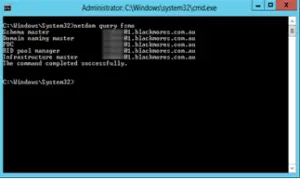Removing a Dead Domain Controller from in Windows 2008

What steps to follow so that one can remove a Dead Domain Controller in Windows 2008 without much effort?















